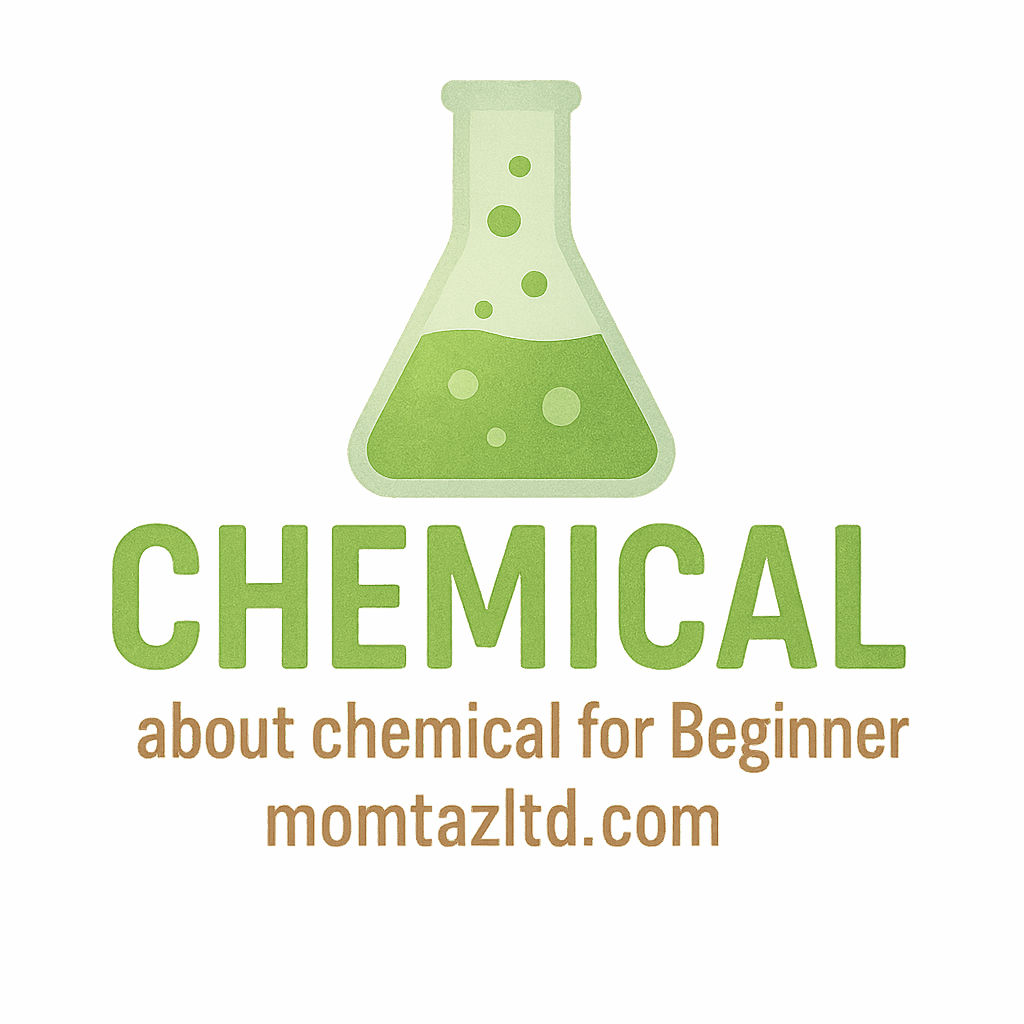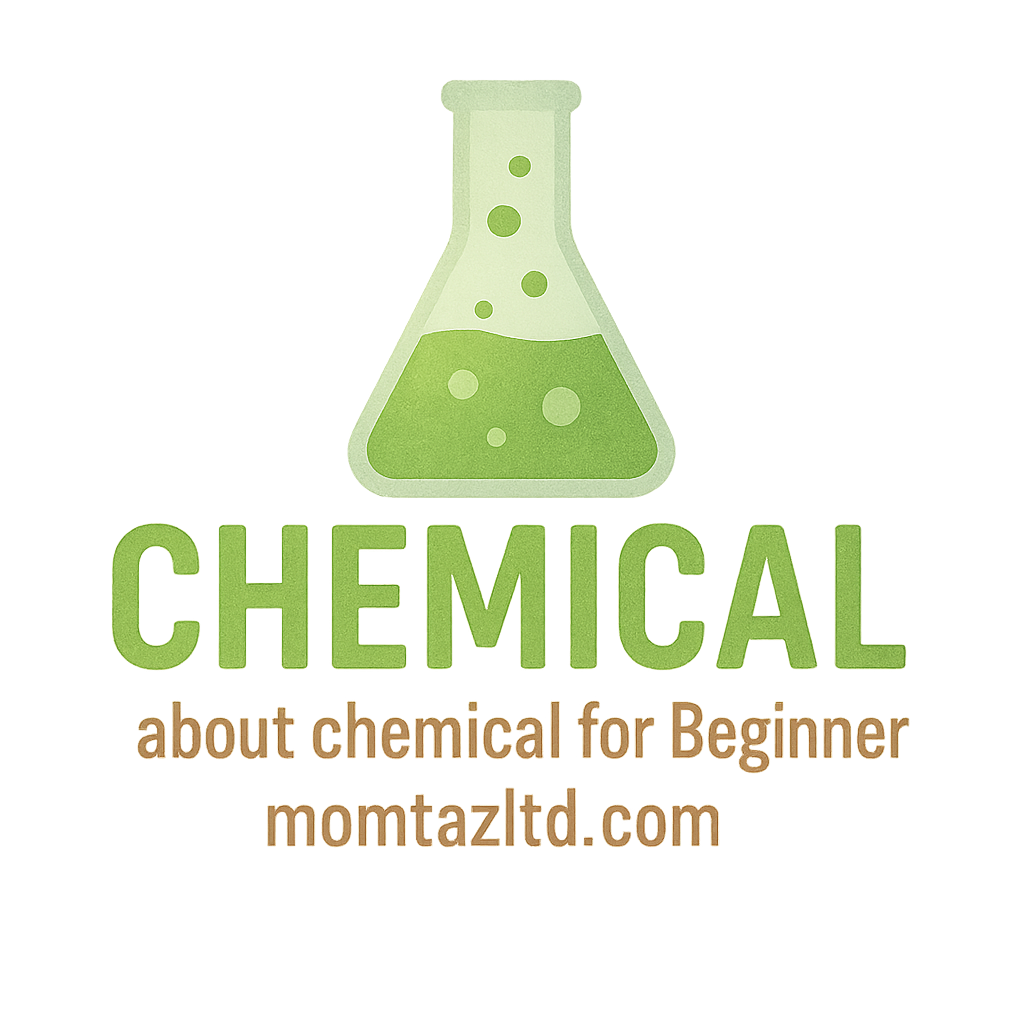Introduction: Why Chemical Storage at Home Matters
Have you ever opened a cabinet under your sink and felt overwhelmed by bottles of cleaners, sprays, and random chemical products? You’re not alone. Many households keep a surprising number of chemicals—cleaners, solvents, disinfectants—without realizing the risks that come with poor storage. Proper storage isn’t just about neatness; it’s about safety. A little care today can prevent accidents, protect your family, and even extend the life of your household products.
In this article, we’ll explore 5 smart storage ideas for chemicals for beginners at home that anyone can start using immediately. These tips are beginner-friendly, affordable, and effective.
Understanding Household Chemicals
Common Types of Household Chemicals
Before we dive into storage tips, let’s look at the kinds of chemicals that usually sneak into our homes:
- Cleaning agents – bleach, ammonia, disinfectants.
- Personal care items – nail polish remover, hair dye, hydrogen peroxide.
- Automotive products – motor oil, antifreeze, windshield cleaners.
- Garden supplies – pesticides, fertilizers, weed killers.
All of these are helpful when used correctly, but they can be harmful if handled carelessly.
Risks of Improper Chemical Storage
Improper storage can lead to:
- Accidental poisoning (especially for kids and pets).
- Dangerous chemical reactions.
- Fire hazards from flammable products.
- Environmental harm if chemicals leak or spill.
That’s why learning storage basics is crucial. For more chemical knowledge, you can check resources like Chemical Basics.
Smart Storage Idea #1: Use Clearly Labeled Containers
Why Labeling Is Critical
Have you ever picked up a bottle and wondered, “What’s even inside this?” That’s a recipe for disaster. Labeling prevents mix-ups and ensures everyone in your home knows what they’re handling.
Tips for Effective Chemical Labeling
- Use waterproof labels or permanent markers.
- Write the product name, purchase date, and hazard symbols if applicable.
- Avoid transferring chemicals into food or drink containers.
Clear labeling makes organization easier and helps prevent accidents.
Smart Storage Idea #2: Separate by Category and Hazard Level
Storing Cleaning Agents Safely
Keep cleaning products like bleach and ammonia separate. Mixing them can release toxic gases.
Handling Flammable Substances
Flammable items such as alcohol-based cleaners, paint thinners, or aerosols should be stored away from heat sources.
Keeping Acids and Bases Apart
Acids (like vinegar or certain descalers) and bases (like baking soda or strong cleaners) should not be stored together. Even small spills could trigger dangerous reactions.
For more insights on chemical categories, you can explore Household Chemicals and Industrial Chemicals.
Smart Storage Idea #3: Choose the Right Storage Location
Avoiding Heat and Sunlight Exposure
Heat can cause chemicals to degrade or even combust. Keep them in a cool, dry place, away from direct sunlight.
Safe Storage in Cabinets and Shelves
Designate one or two cabinets specifically for chemicals. Line the shelves with trays to catch leaks.
Creating a Designated Chemical Storage Zone
If you use a garage or shed, dedicate one corner for chemical storage. Keep it organized and away from tools, electronics, or food supplies.
For more advanced storage tips, check out Chemical Storage.

Smart Storage Idea #4: Invest in Child-Proof and Pet-Safe Options
Lockable Cabinets and Safety Latches
Children and pets are naturally curious. A lockable cabinet ensures they can’t accidentally access hazardous chemicals.
Elevated Storage for Extra Safety
If locks aren’t an option, store chemicals on high shelves where kids and pets can’t reach.
Smart safety measures at home can prevent heartbreaking accidents. Learn more about Chemical Safety.
Smart Storage Idea #5: Follow Proper Disposal and Rotation Practices
How to Identify Expired Chemicals
Expired chemicals may change color, smell strange, or separate into layers. If you notice these signs, it’s time to dispose of them safely.
Safe Disposal Methods for Household Chemicals
- Never pour chemicals down the sink unless instructed.
- Use local hazardous waste collection programs.
- Follow disposal instructions on product labels.
Benefits of Regular Inventory Rotation
Rotating stock ensures you use older chemicals first and reduces clutter. It’s the same principle as rotating food in your pantry.
For expert tips, visit Learn from Experts.
Extra Safety Tips for Beginners
Using Protective Gear at Home
Gloves, goggles, and masks aren’t just for laboratories. Even at home, using them reduces risks when handling stronger chemicals.
Reading and Understanding Safety Data Sheets (SDS)
Many chemicals come with Safety Data Sheets that explain risks, storage requirements, and emergency measures. Beginners should familiarize themselves with these.
You can also dive into Laboratory Chemicals if you want to expand your knowledge.
Common Mistakes to Avoid in Chemical Storage
Mixing Incompatible Chemicals
Never store bleach with ammonia-based products. Even accidental mixing can create toxic fumes.
Overcrowding Storage Areas
Clutter increases the chance of spills. Keep things organized and give each chemical some breathing room.
Ignoring Ventilation Needs
Some chemicals emit fumes over time. A well-ventilated storage area prevents buildup of dangerous vapors.
Learning More About Chemical Basics
Resources for Beginner Chemistry Enthusiasts
Websites like Beginner Chemistry offer simple guides to help you understand household chemicals.
How to Learn from Experts Safely
Learning from Chemical Scientists or exploring safe Lab Experiments can help beginners deepen their knowledge safely.
Conclusion: Building Safe Habits from the Start
Storing chemicals at home doesn’t have to be intimidating. With these 5 smart storage ideas for chemicals for beginners at home, you can create a safe, organized, and worry-free environment. Whether it’s labeling, separating, choosing the right spot, securing from children, or practicing safe disposal, each step matters.
Think of chemical storage like keeping sharp knives in the kitchen—you wouldn’t leave them lying around carelessly. The same mindset applies to chemicals. Start small, stay consistent, and you’ll build habits that protect your home and loved ones.
For more insights, visit Momtaz Ltd and explore guides on Chemical Accidents, Learn Chemistry, and Practice Chemistry.
FAQs
1. Why is labeling household chemicals so important?
Labeling prevents mix-ups, helps track expiration dates, and ensures safe handling.
2. Can I store all cleaning products in one cabinet?
Not all. Separate acids, bases, and flammable items to avoid dangerous reactions.
3. How do I know if a chemical is expired?
Check for color changes, foul odors, or separated layers. When in doubt, dispose of it safely.
4. Where should I never store chemicals at home?
Avoid bathrooms, kitchens, or anywhere near food and heat sources.
5. What’s the safest way to dispose of old chemicals?
Use local hazardous waste programs instead of pouring them down the drain.
6. Do I need protective gear for handling household chemicals?
Yes—basic gloves and goggles can prevent accidents, especially with stronger substances.
7. How can I learn more about chemical safety at home?
Explore resources like Chemical Terms, Home Tips, and Inspiration.


